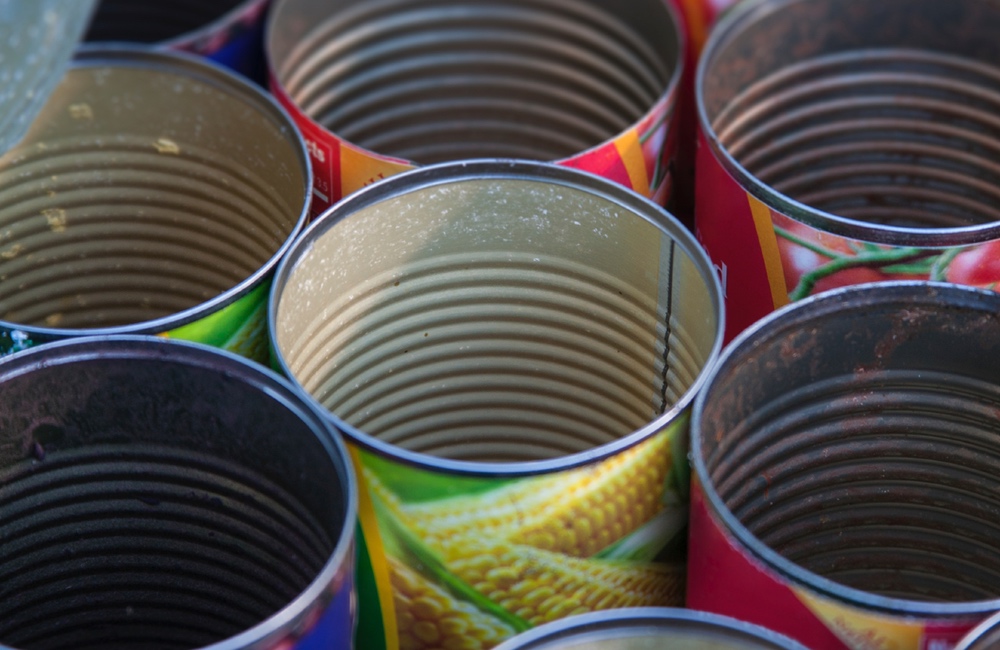Long before the plastics additive bisphenol A (BPA) was banned from baby bottles and sippy cups, there were warning signs seen in animal tests. This story seems to be repeating itself for many of the chemicals that have replaced BPA, such as BPS.
Patricia Hunt is a geneticist at Washington State University. Twenty years ago, while at another university, she noticed unexplained reproductive abnormalities occurring in the laboratory mice she was working with. These abnormalities were eventually traced to a worker who had used the wrong detergent — actually substituting a floor cleaner — to wash the animals' cages, inadvertently exposing them to an endocrine disrupting chemical. That chemical was BPA.
It seems to be happening again, and this time she has traced the abnormalities to BPA substitutes and one other chemical used in the plastic polysulfone cages that housed the mice the lab was using. To continue their research, the lab had to replace the mice, buy new cages and run tests to confirm that the contamination had been eliminated.“There's growing evidence that many of these common replacements are not safe.”
Exposure to all four chemicals caused reproductive abnormalities in mice, Hunt and her team found. The changes affect the way DNA is copied and spliced during the production of eggs and sperm, leading to an increase in abnormal eggs and a decrease in viable sperm.
The effects on males were particularly troubling because they persisted for several generations.
As concerns over BPA's health effects rose, many companies turned to plastics with BPA substitutes such as BPS. But it is beginning to look like these substitutes may cause their own health problems. As Hunt, a professor in the School of Molecular Bioscience puts it, “There's growing evidence that many of these common replacements are not safe.”
The clue to Hunt's team that the cages themselves might be causing the problem was the white residue — an indication of damage — visible on some of them. Various chemicals are often released as plastics become damaged, making older plastic containers particularly worrisome, even for those of us who don't work in a lab. Scratches, as well as long-term exposure to heat and cold, make it likelier that chemicals will leach out of the plastic and into other materials, such as food and drink.





